The Localization Maturity Model - LMM
CommonSense Advisory is a research and consulting company that specializes in the language services industry. They provide research and insight into pricing, technology, quality strategies, industry trends and more. They developed something called the Localization Maturity Model. The LMM defines a continuum of stages companies progress through as they refine their process for providing translated materials to attract and delight customers. The stages range from reactionary to becoming a truly global organization that embraces the value of languages and cultures.
Knowing where in the model your company falls gives insight as to the best way to proceed to support your multilingual communications and strategize on how to improve upon current practices.
By implementing processes to help move your company up through the stages of the LMM toward the ideal of “Transparent”, you’ll improve efficiency, save time, save money and improve outcomes and experiences.




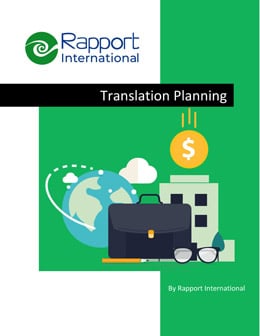

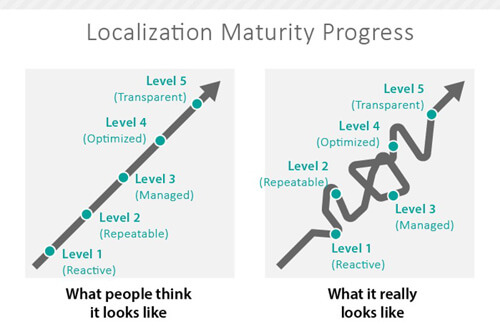
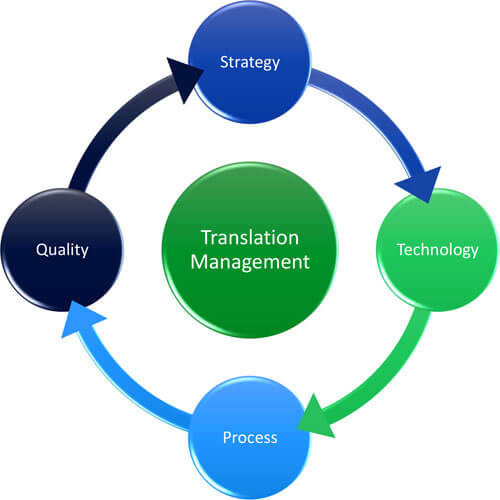
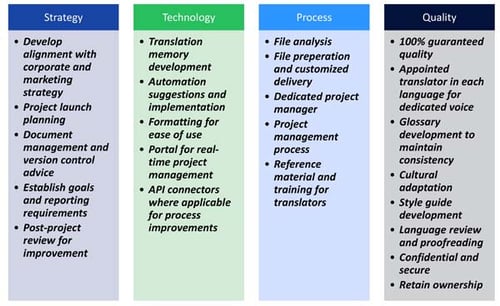

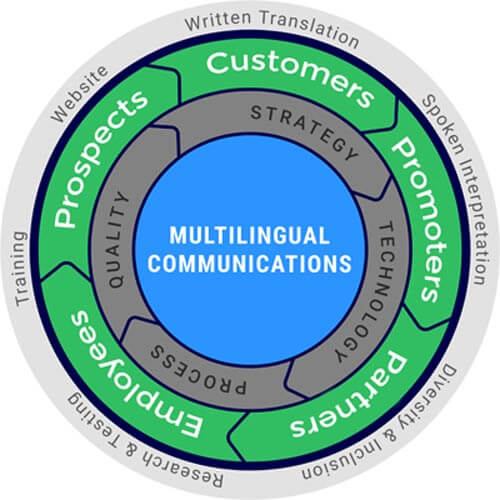


Comments: